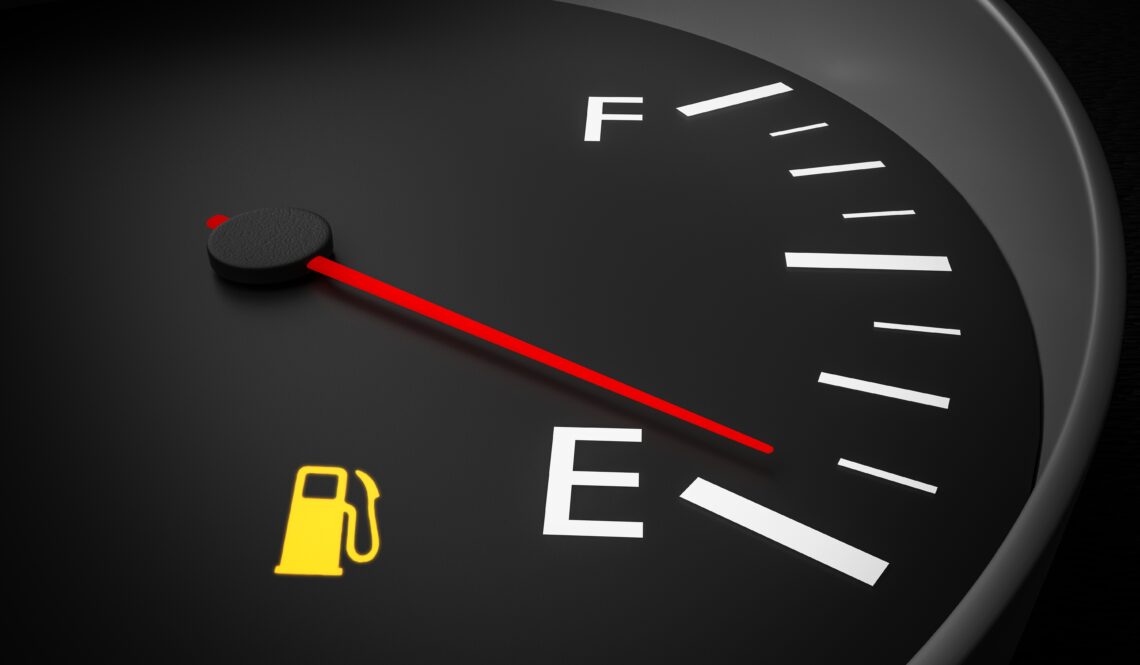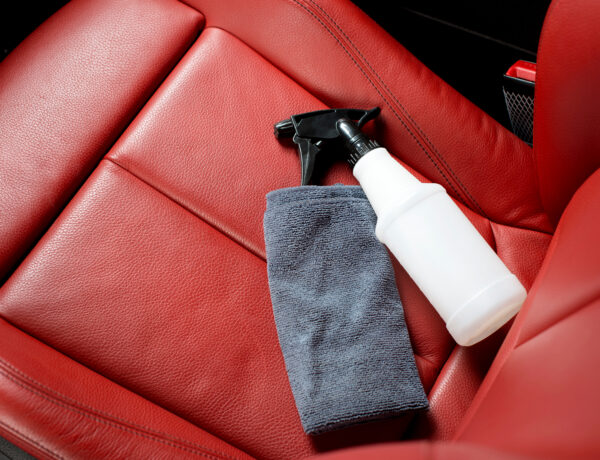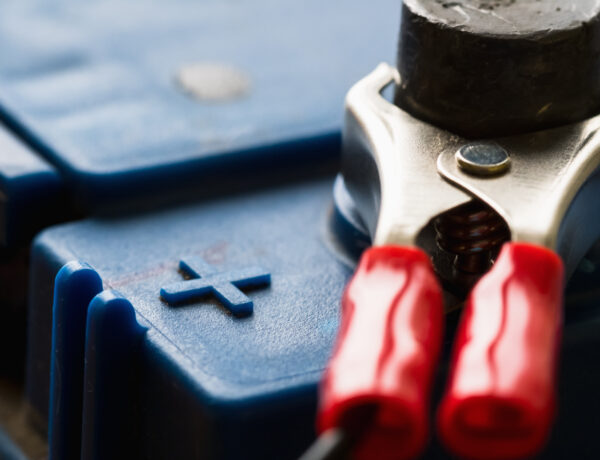Do you ever want to escape the elements and stay inside your temperature-controlled vehicle while pumping gas when temperatures are unseasonably warm or bone-chillingly cold? After all, if you’re a regular viewer of NASCAR or other car races, you might notice that pit crews refuel the vehicles when they’re running. But what about you? While it may sound like a brilliant idea to keep your vehicle running to provide temporary relief, can you pump gas with the car on?
Is pumping gas with the car running legal?
If you’re a law-abiding citizen, you’re likely concerned about the legality of pumping gas with the vehicle on. In the United States, it’s against the law to fill up a vehicle with gasoline with the engine running. This prohibition is according to the Code of Federal Regulations, which covers fuel handling and storage. You can head to the government’s e-CFR website and find the information under Title 29, Section 1917.256. In Section Three of this code, you’ll find that drivers need to stop vehicle engines during any refueling operations.
This is also illegal in other countries. For instance, in the United Arab Emirates, regulations state that owners should turn off vehicle engines when refueling. However, many individuals ignore this law because temperatures there are so hot, and they want to continue to run the air conditioning. Also, in Alberta, Canada, the Alberta Fire Code stipulates that individuals shouldn’t dispense flammable liquids into the fuel tank while the vehicle is running.
Can your vehicle catch fire?
When pumping gas, you interact with a highly flammable liquid in gasoline. Because of this, pumping gas while a car is running can cause dangerous situations. Although rare, your vehicle can catch fire when you’re pumping gas with the car on. For this scenario to occur, several factors all need to happen simultaneously. For a fire to take place at a gas station, three elements must be present: gasoline, air, and a heat source or ignition spark. Gasoline and air are easy enough to find at a gas station, but what about the heat source or spark?
You likely notice the signs at a gas station stating that smoking is strictly prohibited and against federal law. Smoking on a windy day can cause hot ash to come precariously close to the fuel tank and potentially catch fire. Some discard cigarette butts at the gas station. Even if the cigarette gets extinguished, the slightest ember can cause a spark to ignite. The presence of a lit cigarette in this situation can cause your car to catch fire.
Can your cell phone cause sparks near the pump?
In addition to signs at a gas station prohibiting smoking, you might see some that ask you to turn off your cell phone or avoid using your phone while pumping gas. Rumors have swirled that cell phones can cause static electricity and start a fire, but how much is true?
The television show “MythBusters” tackled this subject in the early 2000s. Adam Savage, one of the show’s hosts, said in a 2014 interview that one of the coolest technology myths the show debunked involved cell phones and gas stations. At the time, rumors circulated that a cellphone itself could blow up a gas station, but the hosts proved that it wasn’t the phone but rather static electricity that could.
While research shows that cell phones alone won’t trigger sparks, they can create instances where a static discharge can occur. For example, sitting in your vehicle and using your phone can generate a static buildup from the cloth upholstery. To prevent a static spark, touch something metal, such as the car door or roof, before using the pump. Even if you reenter your vehicle after using the pump, remember to touch metal parts again to discharge any static buildup.
Will leaving the car running while refueling ruin the engine?
While gas tanks can detect even the slightest gasoline vapor leaks, once you insert the nozzle to fill up the tank, you open up the sealed tank and allow gasoline vapors to release. Your vehicle could recognize the vapor leak and trigger the check engine light. The Evaporative Emission Control (EVAP) system filters out harmful vapors from the fuel tank, and if this system believes there’s a leak, it will cause the indicator light to turn on. Many newer models have sensors that can detect when you’re filling the tank and not experiencing a vapor leak.
What else should you know?
Pumping gas can be time-consuming, but you shouldn’t try to cut corners so that you can get back on the road faster. Knowing how to pump gas safely can prevent a problem from occurring.
In addition to turning off your vehicle, make sure you avoid overfilling your gas tank because the tank can cause gas vapors to pool at the top of the fuel filler neck and increase harmful emissions that escape. Also, overfilling your tank past the first click can cause the vapor recovery system on the gas pump to suck back in the gas you’ve already put into your vehicle.
One way to prevent overfilling your tank is to use the function on the pump that automatically switches off the flow of gasoline. How do gas pumps know when to stop? A small pipe called a venturi runs alongside the gas nozzle, and when it becomes submerged in the rising level of gas, it turns off the air pressure that holds open the nozzle and shuts off the gas flow.
Even though the probability of your vehicle bursting into flames while pumping gas when your engine is on is low, that doesn’t mean it won’t happen. Don’t risk being that one person everyone talks about; instead, turn off your vehicle for the several minutes it takes to refuel. If you’re looking for a vehicle to get you where you need to go, consider Flexcar’s subscription service. With various makes and models available, you can find one that works best for your needs and budget.





